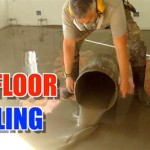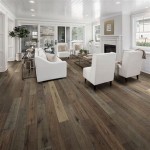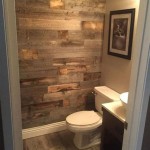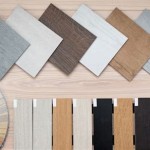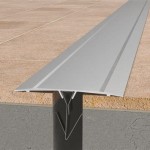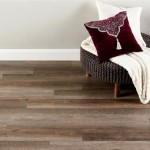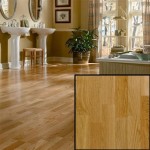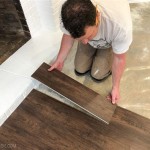What Type of Flooring Is Best for a Water-Damaged House?
Water damage can be a devastating event, leaving your home structurally compromised and requiring extensive repairs. The flooring, which often bears the brunt of the water damage, needs careful consideration during the restoration process. Choosing the right flooring after a water event is crucial for creating a safe and healthy living environment. This article will explore the considerations for selecting flooring for a water-damaged house, emphasizing the importance of moisture resistance, durability, and ease of cleaning.
Moisture-Resistant Flooring Options
The primary concern after water damage is ensuring the flooring is resistant to moisture. Water can seep into porous materials, leading to mold growth, structural damage, and health hazards. Opting for moisture-resistant flooring materials is essential for preventing further damage and maintaining a healthy indoor environment.
Several flooring options excel in resisting moisture. Luxury vinyl plank (LVP) and luxury vinyl tile (LVT) are top contenders. These materials are composed of multiple layers, including a waterproof core, making them highly resistant to water damage. They also offer a wide range of styles, mimicking natural materials like wood and stone, providing aesthetic appeal and durability.
Ceramic and porcelain tiles are other excellent choices for water-damaged areas. These materials are inherently moisture-resistant and easy to clean, making them ideal for kitchens, bathrooms, and basements. They are also durable and can withstand heavy foot traffic. However, they can feel cold underfoot, so consider using rugs in colder climates.
Engineered hardwood flooring can be a suitable option, but it requires careful consideration. This type of hardwood features a moisture-resistant core and a thin veneer of real wood. While it offers the look of traditional hardwood, it is not as resistant to water damage as other options, so proper installation and maintenance are essential.
Durability and Ease of Cleaning
Beyond moisture resistance, durability and ease of cleaning are crucial factors in selecting flooring for a water-damaged house. The flooring must withstand the rigors of cleaning and restoration processes, as well as the everyday wear and tear of a household.
LVP and LVT excel in durability and ease of maintenance. Their scratch-resistant surface and waterproof cores make them ideal for high-traffic areas and easy to clean. A simple sweep or mop can remove dirt and debris.
Ceramic and porcelain tiles are also highly durable and easy to clean. Their hard surface resists scratches and stains, making them suitable for areas prone to spills and dirt. A damp mop can clean them effectively. However, they can be prone to cracking, so a careful inspection is important.
Engineered hardwood flooring can be durable, but it requires more maintenance than other options. It is susceptible to scratches and water damage, so regular cleaning and sealing are crucial.
Additional Considerations
While moisture resistance, durability, and ease of cleaning are essential, there are other factors to consider when selecting flooring for a water-damaged house.
Budget plays a significant role. The cost of flooring materials varies widely, with LVT and LVP typically being more affordable than ceramic tiles and engineered hardwood.
Style is another factor. Consider the overall aesthetic of the home and choose flooring that complements the existing décor. The wide variety of styles available in LVP and LVT makes them versatile options for different design preferences.
Installation complexity should also be considered. Some flooring materials, like LVP and LVT, are relatively easy to install, while others, like ceramic tiles and engineered hardwood, require professional expertise.
Remember to consult with a flooring professional to discuss your specific needs and choose the best flooring option for your water-damaged house. They can assist in assessing the extent of the damage, evaluating different flooring options, and recommending the most suitable installation methods.

11 Types Of Flooring That Will Upgrade Your Home Instantly Colibri Real Estate

The Truth Behind Waterproof Flooring What Manufacturers Don T Tell You Real Wood Floors

7 Most Common Causes Of Water Seeping Through Floors Angi

The Best Waterproof Flooring That Isn T Tile

Flooring Options For Lake Living Tracy Tesmer Design Remodeling

Laminate Vs Vinyl Flooring A Comparative Guide

Best Flooring Guide 9 Types Of Floor Options For Your Home

11 Types Of Flooring That Will Upgrade Your Home Instantly Colibri Real Estate

What Is The Best Flooring For Bathrooms Tarkett

How To Cover Up Ugly Floors Without Retiling
See Also
